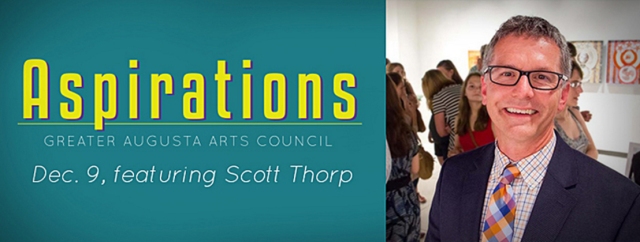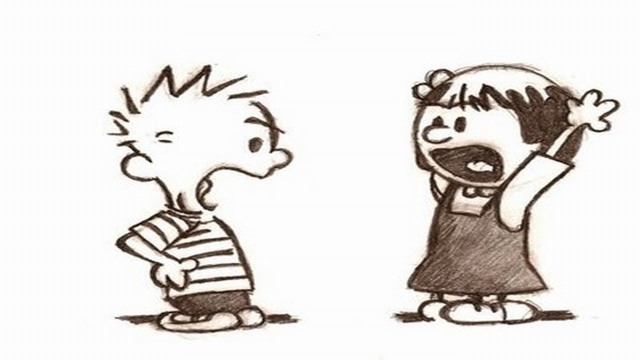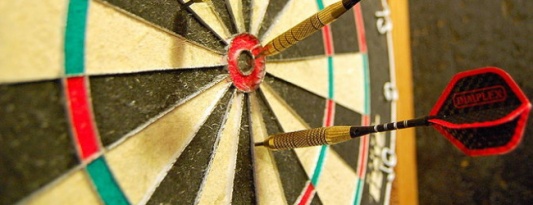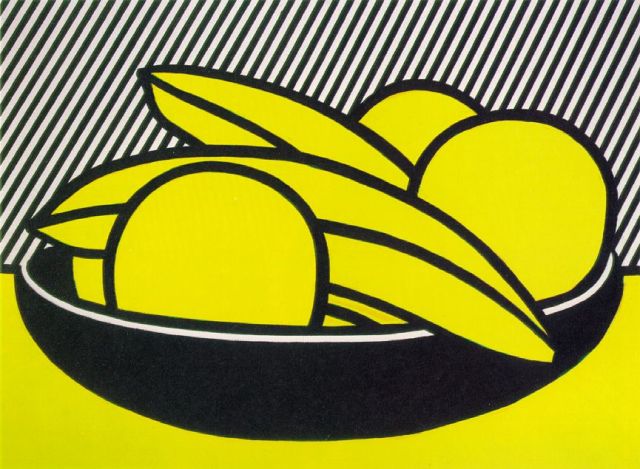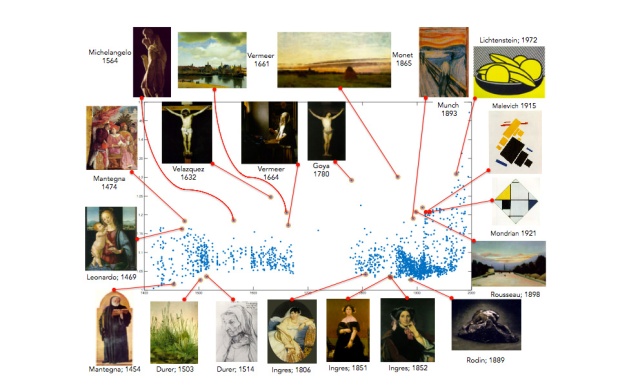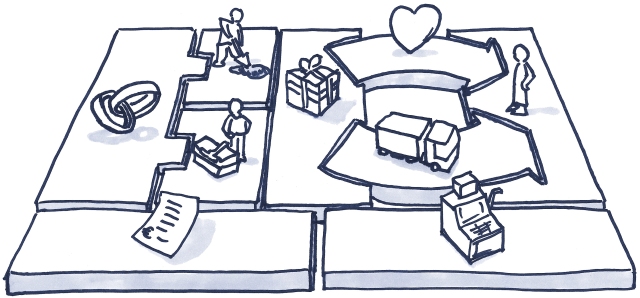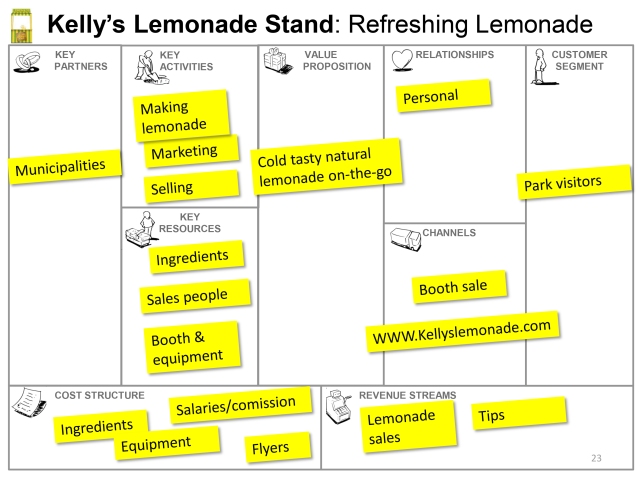
Security Guard and Elementary Students at Art Gallery
One of the more surprising and intriguing studies related to curiosity is “Strategies for the Curiosity-Driven Museum Visitor” by Jay Rounds.[i] In his article, Rounds reveals strategies and motivations behind the peculiar behaviors which a curious person may demonstrate in their effort to have an enjoyable visit to a museum. The article begins with a quote from The Life and Times of Tristram Shandy by Laurence Sterne (first published in 1759):
Could a historiographer drive on his history, as a muleteer drives on his mule, straight forward; for instance, from Rome all the way to Loreto, without ever once turning his head aside either to the right hand or to the left, he might venture to foretell you to an hour when he should get to his journey’s end; but the thing is, morally speaking, impossible: For, if he is a man of the least spirit he will have 50 deviations from a straight line to make with this or that party as he goes along, which he can no ways avoid. He will have views and prospects to himself, perpetually soliciting his eye, which he can no more help standing still to look at than he can fly; he will moreover have various accounts to reconcile; anecdotes to pick up; inscriptions to make out; stories to weave in; traditions to sift; personages to call upon; all of which both the man and his mule are quite exempt from (Sterne 1967, 64-65).
Among the other “ages” in which we live, we definitely live in an age of standardization. Students take standardized tests. The schools have standardized assessment. And employees are evaluated using standardized rubrics. It is like we are taking what is most interesting about humanity, diversity, and eliminating it in an effort to eliminate risk. Subsequently, we eliminate much of what is remarkable about us. We are normalizing humanity. Curious and creative people don’t fit that mold well, and I would suggest that no one really fits any mold. Strangely enough, though, even our museums have become part of this normalization process. We see more and more blockbuster shows that are attractive to a wide range of society. And subsequently, they contain fewer and fewer items of controversy. Museums have created larger, more informative placards and even offer headphones for guided tours to ensure that we don’t misinterpret the creative expressions of artists. Walking through museums these days one will see people as engrossed in the information provided for a work of art than the work itself.
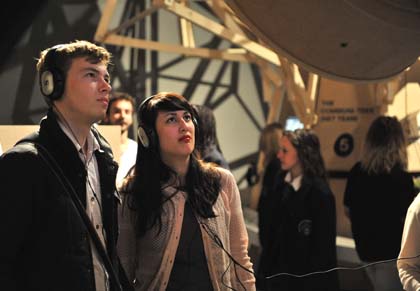
Due to their design, Museums are often cold, cavernous structures that are as intimidating as fascinating. Long periods of time dedicated to viewing each item on display can be exhausting and leave one more worn out than energized. Still, museums are our repositories of culture, and they are filled with many wonderful exhibits that curious people enjoy. But according to Rounds, “if Shandy’s ‘straight line’ is the path through the exhibition that has been carefully designed to maximize learning, then few visitors seem destined ever to reach Loreto at all.”[ii]
It does seem obvious that a disciplined use of an exhibit would beget greater learning. And it is easy to argue that exhibitions are most effective “if a visitor decides to carefully attend to any of the exhibits, using them in a comprehensive manner.”[iii] Moving deliberately through each component of an exhibit should create a more edifying experience. And it was uncovered that those approaching exhibits with a focused strategy did obtain a greater level of mastery than those who were moderately focused or unfocused.
Contrary to this logic, however, museum-goers don’t necessarily proceed in such an orderly manner. A great number of these visitors are “drifters” who don’t appear to be following commonsense methods as they meander through exhibits. They fail to use the way-finding aids or other instructional materials for gaining that most effective museum experience. In fact, an analysis of 104 studies on visitor behaviors in exhibits, J. H. Falk and L.D. Dierking found that visitors generally view between 20% and 40% of an exhibition. And less than 1% actually stop at every component of an exhibition. From these figures, a person viewing only half of an exhibit is considered “diligent.”[iv]
Curiosity driven museum-goers are anticipating new experiences—to have their curiosity piqued. They aren’t looking to ascertain every bit of information displayed. This, however, directly contrasts what curators plan for them—to learn subjects in depth. Furthermore, curiosity driven visitors develop strategies for “piquing and satisfying” their curious nature. Just having a goal of “piquing and satisfying” in itself is quite irregular. Goals usually are a means to an end. Piquing and satisfying is more of a means to more. This is also problematic for curators in that using an exhibit to pique and satisfy might have little to do with the curator’s intended purpose of the exhibit itself other than it being an agent for something else—a catalyst.
Contrary to prevailing logic, the Shandean strategy as described by Sterne is actually clever and fitting for those seeking novel stimuli because, in general, the purpose of the curious museum-goer is the process of learning, not the value of learned material. One could easily imagine the following exchange between an information-seeking visitor and a curious visitor:
Curious: I wonder if the artist were standing or sitting while painting that.
Information Seeker: Why do you ask?
Curious: Just curious.
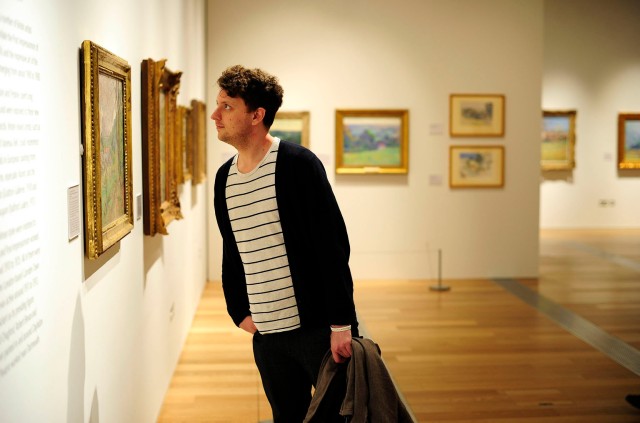
Picture By Jim Wileman 24/01/2012 Generic images from Exeter’s Royal Albert Memorial Museum.
What would be seen to curators as a traditional visitor, one who is seeking information, is extrinsically motivated to acquire knowledge from which they can benefit. It’s a practical goal. Conversely, the curious visitor has a goal of acquiring knowledge for which there is no apparent use, merely for the sake of learning. As discussed in the section on foraging, acquiring great quantities of “useless” knowledge can actually be useful—even aid in survival: “A species would not survive long if it did not find pleasure in processing information.”[v]
Similar to the information foraging described earlier in this chapter that leads to the success of an animal finding food, a curiosity-driven museum visit is more about the overall experience while in the museum than any particular interaction with specific exhibits. And the task is fairly ambiguous being that the visitor does not know what is ahead or around the corner. Therefore, a set of “fast and frugal” strategies are needed to (1) locate interesting exhibits, (2) know when to focus and when to browse, and (3) limit wasted time on boring exhibits.[vi]
Knowing that not all exhibits are equal, a curious museum-goer is motivated to stay away from the lackluster exhibits or risk boredom. Briefly consulting guides or maps helps to familiarize one with the territory. Then the rule is to get moving and start scanning. Walking through the exhibits, one should take note of individual items within exhibitions, not the overall exhibit. General things aren’t interesting, specific things are. And the final rule for scanning is to follow the crowd; wherever people are gathered, there is a good chance that something interesting is nearby. However, there is a risk that these people aren’t curious and they are looking at a dull exhibit, so the curious museum-goer should be willing to leave any exhibit that doesn’t live up to expectations.
When to stay and when to go is the next lesson. Rounds says, “follow your nose.” If it doesn’t pique your interest instantly (smell good), then leave. And don’t hang around exhibits that take a lot of warm-up time. If an exhibit is difficult to understand or takes effort to appreciate—leave. Not heeding this rule could mean wasting valuable time in humdrum exhibits. Lastly, in the category of attention rules is to “Satisfice.” Remember from the section of information foraging, smaller food sources are better over the long haul than waiting for the big catch. So, “don’t look for the best solution, look for a satisfactory one.”[vii]
The final set of rules for the curiosity driven museum-goer are related to quitting. Knowing when to leave an exhibition is just as important as knowing which ones to focus on. As stated earlier, if an exhibit isn’t interesting from the beginning, don’t stay around—move on. Also, when moving from individual exhibits within a large exhibition, it’s the three strikes and you’re out rule. Don’t stay to see if the next one is a good one. Museums are normally large and exhausting, especially if one were to see all the exhibits, so don’t. Once you feel full, it is quitting time. Don’t feel obligated to keep looking at more.
Acting as a curiosity driven museum goer is strangely rewarding. Additionally, piquing and satisfying curiosity is unexpectedly educational. However, there is an odd sense of guilt that looms when you skip large portions of exhibitions. It’s as if you aren’t paying the proper respect to the institution of high-culture. Large museums in major metropolitan areas are the best for experimenting with this approach. The Metropolitan Museum of Art in New York is my favorite. Book stores with a large magazine sections work for this approach too. On your next visit to the bookstore, scan the magazine racks with the same strategies as the curiosity driven museum-goer. Look at what strikes your interest and put it down once satisficed. Then move on to the next interesting magazine cover.
[i] Rounds, Jay. “Strategies for the Curiosity-Driven Visitor.” Curator 47, #4 2004: 389-412, http://0-vnweb.hwwilsonweb.com.library.scad.edu/hww/results/results_single_ftPES.jhtml.
[ii] (Rounds 2004, 389)
[iii] (Rounds 2004, 390)
[iv] (Rounds 2004, 390)
[v] (Rounds 2004, 391)
[vi] (Rounds 2004, 397)
[vii] (Rounds 2004, 398)

